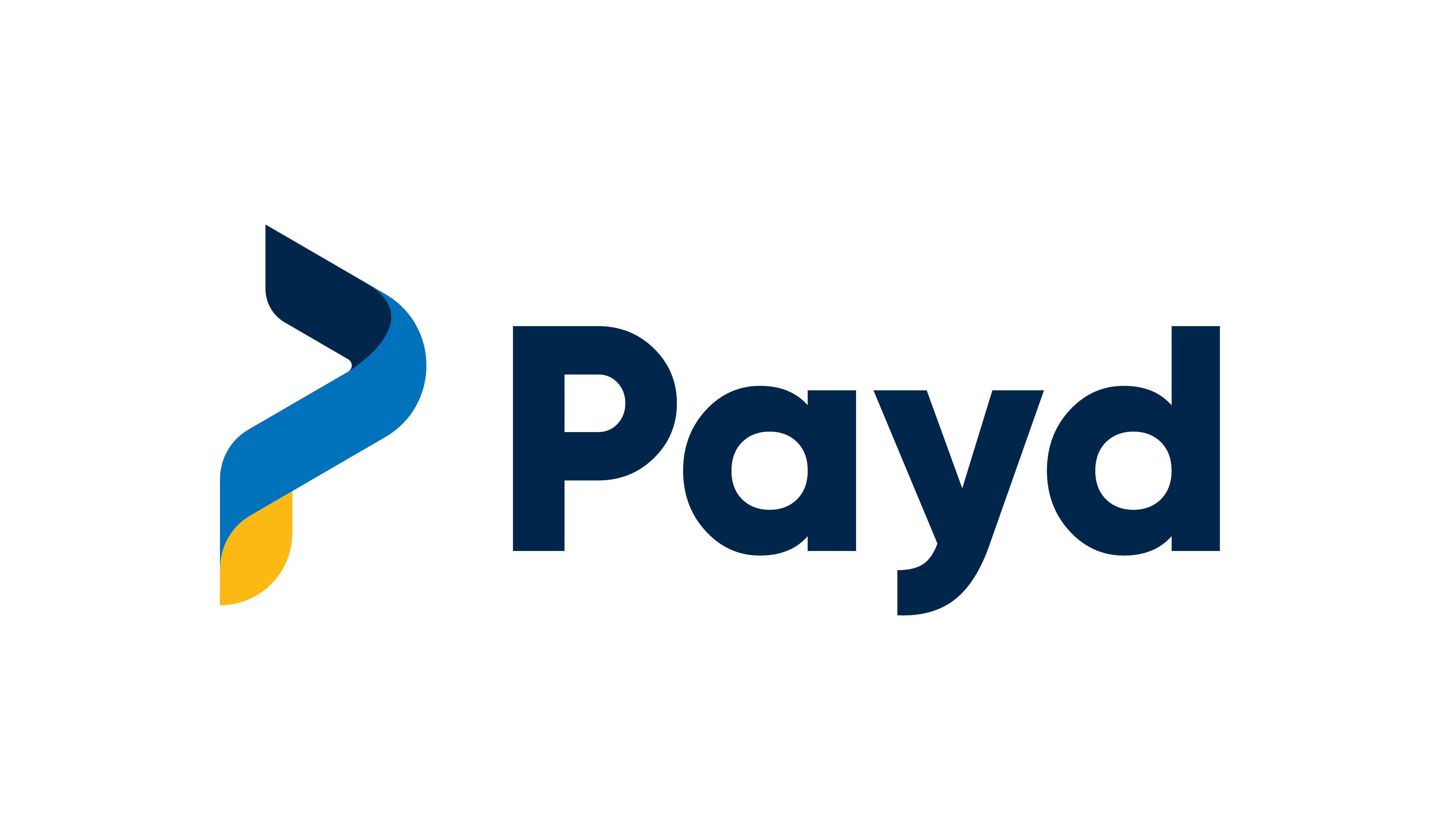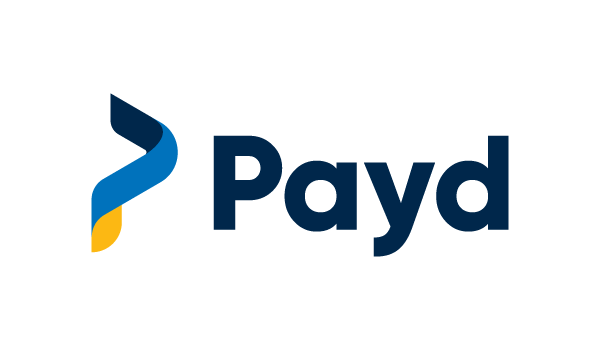In today’s world, financial wellbeing benefits have become increasingly important for employers to offer their employees. Financial stress can have a significant impact on both employee productivity and mental health. In this guide, we will explore the importance of financial wellbeing benefits and how they can positively impact employee productivity and health.
Types of Financial Wellbeing Benefits
There are several types of financial wellbeing benefits that employers can offer their employees. Some of the most common include retirement plans, financial literacy training, earned wage access programs, debt counselling and support, and emergency funds and savings programs.
Let’s take a closer look at each type of financial wellbeing benefit, the benefits they offer employees, and some examples of each.
Retirement Plans
Retirement plans are a type of financial wellbeing benefit that employers offer to help employees save for their future retirement. These plans can be offered in the form of defined benefit plans, such as pensions, or defined contribution plans, such as the EPF. In Malaysia, the Labour Law mandates that companies must provide retirement benefits to their employees. The two benefits required by law are the Employees Provident Fund (EPF) and the Social Security Organisation (SOCSO).
The Employees Provident Fund (EPF) is a mandatory savings scheme in Malaysia that is designed to help employees save for their retirement. It is a retirement fund that is regulated by the Employees Provident Fund Act of 1991, which requires all employers in Malaysia to contribute a specific percentage of their employees’ monthly salaries to the fund.
The contributions to the EPF are made by both the employer and the employee. The employer contributes a minimum of 13% of the employee’s monthly salary, while the employee contributes a minimum of 11% of their monthly salary. These contributions are made on a monthly basis and are automatically deducted from the employee’s salary.
The EPF has two accounts, namely the Account 1 and Account 2. The contributions made by the employer and employee are allocated to Account 1, which is used for retirement savings, while the contributions made by the employee are allocated to Account 2, which can be used for housing, education, or medical expenses.
In addition to retirement savings, the EPF also provides various other benefits to its members. These benefits include disability benefits, critical illness benefits, and survivor benefits. Members can also withdraw a portion of their savings from their Account 2 to fund their children’s education, purchase a house, or pay for medical expenses.
The Social Security Organisation (SOCSO), on the other hand, is a statutory body established under the Employee’s Social Security Act of 1969 in Malaysia. Its primary objective is to provide social security protection to employees and their dependents against the financial consequences of employment-related injuries, disabilities, illnesses, and death.
SOCSO is a compulsory scheme that covers all employees, including foreign workers, who earn a monthly salary of RM3,000 or less, or are employed in certain specified industries. Employers are required by law to contribute 1.75% of their employees’ monthly salaries to the SOCSO fund, while employees do not contribute to the fund.
SOCSO provides various benefits to employees and their dependents, including medical benefits, temporary and permanent disability benefits, survivor benefits, and funeral benefits. The benefits are payable to employees who are unable to work due to work-related injuries or illnesses or their dependents in the event of the employee’s death.
In addition to providing social security protection, SOCSO also plays a crucial role in promoting workplace safety and health in Malaysia. It provides training and education to employers and employees on occupational safety and health and enforces occupational safety and health regulations to ensure that workplaces are safe and free from hazards.
It is essential to provide clear details about the EPF and SOCSO benefits as this is mandatory, and failure to do so may result in legal consequences. Any additional benefits beyond EPF and SOCSO are up to the company’s discretion. It’s essential to understand that providing additional benefits can help attract and retain employees and improve their overall job satisfaction. Therefore, companies may consider offering additional benefits as a part of their employee benefits package.
Financial Literacy Training
Financial literacy training is a type of financial wellbeing benefit that helps employees develop the knowledge and skills they need to manage their finances effectively. This type of training may cover topics such as budgeting, saving, investing, and debt management. By providing employees with the tools and resources they need to manage their finances, employers can help to reduce financial stress and improve financial health.
Some companies partner with financial education providers to conduct financial literacy workshops to their employees—covering topics such as creating a budget, managing debt, and building an emergency funds.
When you sign up with Payd, your employees may be able to access a plethora of financial education within the app, which helps them develop the financial knowledge and skills they need to manage their finances better. Additionally, we also partner with training providers to provider our clients with in-person or virtual workshops, as requested.
Debt Counselling and Support
Debt counselling and support is a type of financial wellbeing benefit that provides employees with resources and support to manage their debt effectively. This type of benefit may include debt counselling services, debt management plans, and financial coaching. Larger organisations offer debt counselling service that provides employees with one-on-one counselling sessions to create a debt management plan as well as follow-up sessions to monitor their progress.
Emergency Funds and Savings Programs
Emergency funds and savings programs are a type of financial wellbeing benefit that provides employees with a safety net in the event of an unexpected financial emergency. These programs can help to reduce financial stress and provide employees with greater financial stability. Example: An emergency fund program that allows employees to set aside a portion of their paycheck each month into a separate emergency fund account is an example of an emergency fund and savings program.
Earned Wage Access Programs
Earned Wage Access (EWA) programs are a type of financial wellbeing benefit that allows employees to access a portion of their earned wages before payday. These programs provide employees with greater financial flexibility and can help to alleviate financial stress when unexpected expenses arise.
One example of such solution provider in Malaysia is Payd. Payd partners with employers to offer an EWA benefit which allows employees to access up to 50% of their earned wages before payday. Unlike other EWA solution providers, it is zero cost to the employer to implement Payd. Additionally, fees are completely transparent and there are no hidden charges.
Financial wellbeing benefits come in various forms and can provide employees with the tools and resources they need to manage their finances effectively. By offering a variety of financial wellbeing benefits, employers can help to alleviate financial stress and improve overall financial health, leading to improved employee productivity and mental health.
The importance of Financial Wellbeing Benefits
The impact of poor financial health on employees can be significant. Financial stress can lead to anxiety, depression, and other mental health issues. It can also lead to decreased productivity, as employees may be distracted by their financial worries. Poor financial health can have a significant impact on an employee’s productivity, mental health, and overall well-being. Financial stress can cause distraction and absenteeism in the workplace, which can negatively affect employee productivity.
Offering financial wellbeing benefits can have a number of benefits for both employees and employers.
- For employees, it can help to reduce financial stress and improve their overall financial health. This, in turn, can lead to improved mental health and increased productivity at work.
- For employers, offering financial wellbeing benefits can help to attract and retain top talent, as well as improve employee engagement and morale.
Let’s take a look at the benefits of offering financial wellbeing programmes to your employees:
- Increased Employee Productivity: By offering financial wellbeing benefits, employees can feel more secure and in control of their finances, which can lead to decreased stress and improved focus and productivity at work.A survey conducted by PwC found that financial stress is a major cause of distraction and decreased productivity in the workplace. The survey found that 53% of employees reported financial stress, and of those, 46% reported that it was a distraction at work.Source: PwC’s Employee Financial Wellness Survey 2020 (https://www.pwc.com/us/en/industries/private-company-services/library/financial-well-being-retirement-survey.html)
- Improved Employee Retention: Offering financial wellbeing benefits can improve employee retention by demonstrating that an employer is invested in the well-being of their employees.Employees who are satisfied with their financial wellbeing benefits are more likely to stay with their employer. A survey conducted by MetLife found that 61% of employees who are satisfied with their financial benefits plan to stay with their employer for at least another five years, compared to only 33% of employees who are not satisfied.Source: MetLife’s 17th Annual U.S. Employee Benefit Trends Study (https://www.metlife.com/content/dam/metlifecom/us/ebts/pdf/2020-ebts-whitepaper.pdf)
- Enhanced Employee Engagement: Financial wellbeing benefits can help to improve employee engagement by showing employees that their employer cares about their financial well-being and is invested in their success.Employees who receive financial wellness benefits are more engaged at work. A survey conducted by Bank of America found that 62% of employees who receive financial wellness benefits are satisfied with their job, compared to only 39% of employees who do not receive financial wellness benefits.Source: Bank of America’s 2020 Workplace Benefits Report (https://www.benefitspro.com/2020/04/27/2020-workplace-benefits-report)
- Improved Employee Morale: By offering financial wellbeing benefits, employers can improve employee morale by alleviating financial stress and providing employees with greater financial stability.
By investing in the financial health of their employees, employers can create a more supportive and engaged workforce, leading to improved business outcomes.
Implementing Financial Wellbeing Benefits
Offering financial wellbeing benefits to employees is a crucial step towards improving their overall wellbeing and promoting a more engaged and productive workforce. However, implementing these benefits can be challenging, especially for companies that are new to this area. In this section, we’ll discuss some of the key considerations for implementing financial wellbeing benefits, different strategies for successful implementation, and how to measure the success of these benefits.
Considerations when Implementing Financial Wellbeing Benefits
- Identify the Needs of Your Employees: The first step in implementing financial wellbeing benefits is to understand the needs of your employees. Conducting surveys or focus groups can help identify the most pressing financial issues facing your workforce, such as debt, retirement planning, or emergency savings.
- Establish a Budget: Implementing financial wellbeing benefits can come at a cost, so it’s important to establish a budget and determine how much your company can afford to invest in these programs.
- Choose Appropriate Benefits: Based on the needs of your employees, choose financial wellbeing benefits that are most appropriate for your workforce. Retirement plans, financial education, and earned wage access programs are popular options, but there may be other benefits that are more suitable for your workforce.
- Determine Implementation Timeline: Consider when you want to implement these benefits, such as during annual benefits enrolment or at a different time of the year. Make sure to give employees sufficient notice of these benefits.
Let’s say that you are the HR Manager for a mid-sized company and you want to introduce a financial wellness program for your employees. After conducting research and consulting with financial experts, you have decided on the benefits you want to offer, including financial education, one-on-one financial counselling, and access to an Earned Wage Access (EWA) program.
To determine the implementation timeline for these benefits, you first need to consider the optimal time to introduce them to your employees. You want to make sure that employees have sufficient notice of the new benefits and that they can take advantage of them as soon as possible. After considering various options, you decide that the best time to implement the new benefits is during your annual benefits enrolment period, which typically occurs in November. This gives employees plenty of notice about the new benefits, and they can opt-in to them during the annual enrolment process.
To prepare for the implementation, you start promoting the new benefits several months in advance. You send out emails to employees explaining the benefits, host information sessions to answer any questions, and provide resources to help employees learn more about financial wellness. You also work with your payroll provider and EWA provider to ensure that the new benefits are seamlessly integrated into your existing benefits administration system. By taking the time to carefully consider the implementation timeline and communicate with employees in advance, you can ensure that the new financial wellness benefits are well-received and effectively utilised by your workforce.
Strategies for Successful Implementation
As financial wellbeing becomes an increasingly important issue for employees, many companies are recognising the need to implement financial wellbeing benefits as part of their employee benefits package. However, the successful implementation of these benefits requires careful planning, communication, and execution.
In this section, we will explore these strategies in detail and provide examples of how companies can implement them to achieve successful financial wellbeing benefits programs.
Let’s say you are the HR Manager of a mid-sized company that wants to introduce a financial wellness program for your employees. You have selected the benefits you want to offer, including financial education, one-on-one financial counselling, and access to an Earned Wage Access (EWA) program.
Here are some strategies on successfully implementing your new financial wellbeing programme.
1. Communicate Effectively
Clear and effective communication is key to the successful implementation of financial wellbeing benefits. Make sure to communicate the availability and benefits of these programs in a way that is easy to understand and accessible to all employees.
In practice:
To effectively communicate these benefits to your employees, you start by developing a comprehensive communication plan. You decide to use a multi-channel approach that includes email, posters, in-person meetings, and social media to reach all employees and ensure that they have access to the information they need.
You create an email campaign to introduce the benefits to employees, outlining what each benefit entails, how they work, and the value they provide. You also include information about how to sign up, how to access the resources, and who to contact for more information. You send the emails at regular intervals, so employees have a reminder about the benefits and have time to consider their options. To make the information more accessible, you create posters and place them in high-traffic areas such as break rooms and communal areas. You also schedule in-person meetings with each department to discuss the benefits and answer any questions.
In addition to email and posters, you leverage social media platforms such as LinkedIn and Twitter to highlight the benefits and reach employees who may not check their email regularly. By communicating effectively and using a variety of channels, you can ensure that all employees are aware of the financial wellness benefits available to them, how they work, and how to access them. This can help employees make informed decisions and ultimately lead to a successful implementation of the program.
2. Encourage Participation
Encourage employees to participate in financial wellbeing programs by highlighting the benefits and providing incentives for participation.
In practice:
First, you start by creating a communication plan that highlights the benefits of the financial wellness programs. You create a series of email campaigns and posters that emphasise the positive impact these programs can have on employees’ financial health, such as reducing financial stress, improving credit scores, and increasing savings.
Next, you provide incentives for employees who participate in the financial wellness programs. For example, you offer a matching contribution to employees who use the EWA program to save a certain percentage of their earnings. You also offer prizes or gift cards to employees who complete financial education courses or attend one-on-one financial counselling sessions.
To encourage ongoing participation, you create a leaderboard or other recognition program that highlights employees who are actively participating in the financial wellness programs. You also create a forum or group for employees to share tips and advice on financial management, and encourage senior leaders to share their own stories and experiences. By highlighting the benefits of the financial wellness programs, providing incentives for participation, and creating a community around financial wellness, you can encourage more employees to participate in these programs and ultimately improve their financial health.
3. Provide Training and Support
Training and support for employees can be critical to the success of these programs. Offer access to financial coaches or provide training on financial planning and management.
In practice:
First, you identify financial coaches who can provide one-on-one financial counselling sessions to employees. You research and select a reputable financial coaching service that can offer personalised guidance to employees. You also ensure that employees know how to access the coaching services and provide information on how to book an appointment.
Next, you develop a comprehensive financial education program that covers key topics such as budgeting, saving, debt management, and retirement planning. You identify and engage with financial experts who can deliver this training to employees, either in person or online. You also make sure that the training is accessible to all employees, regardless of their location or work schedule. To provide ongoing support, you set up a system for employees to access financial advice and resources. This could include a dedicated hotline or email address for financial questions, a library of financial planning resources, or a community forum where employees can share tips and advice.
Finally, you measure the impact of the financial wellness benefits and use this feedback to continually improve the programs. You conduct regular surveys or focus groups to understand employee satisfaction with the programs, identify areas for improvement, and measure the impact of the programs on employees’ financial health. By providing training and support for employees, you can help ensure the successful implementation of financial wellness benefits and support employees’ financial health over the long term.
Measuring the success of financial wellbeing benefits may involve tracking employee engagement and participation rates, as well as assessing the impact on employee productivity and mental health.
4. Integrate Benefits into Company Culture
Integrating financial wellbeing benefits into the company culture can help to promote their usage and long-term success. This can be done through company-wide initiatives, such as financial wellness challenges or employee recognition programs.
In practice:
First, you work with senior leaders and managers to communicate the importance of financial wellness and encourage them to lead by example. You encourage senior leaders to share their own stories and experiences with financial management, and provide resources to help them become financial wellness ambassadors.
Next, you create a series of company-wide initiatives that promote financial wellness and encourage employees to participate in the financial wellness programs. This could include financial wellness challenges, such as a savings challenge or debt reduction challenge, that reward employees who make progress towards their financial goals. You could also provide incentives for employees who participate in the financial wellness programs or complete financial education courses.
To further promote financial wellness, you create an employee recognition program that celebrates employees who demonstrate financial wellness behaviours, such as paying off debt or increasing savings. You also integrate financial wellness into your employee onboarding process and performance reviews, so that employees understand the importance of financial wellness from day one.
Finally, you measure the impact of these initiatives and use the feedback to continually improve the programs. You conduct regular surveys or focus groups to understand employee satisfaction with the initiatives, identify areas for improvement, and measure the impact of the initiatives on employees’ financial health. By integrating financial wellness benefits into the company culture, you can promote their usage and long-term success. This can ultimately lead to a more financially healthy and engaged workforce.
Measuring the Success of Financial Wellbeing Benefits
As companies increasingly recognise the importance of financial wellbeing for their employees, they are implementing various programs to support their workforce’s financial health. However, it’s not enough to simply offer financial wellbeing benefits – it’s also important to measure their effectiveness to ensure they are achieving their intended outcomes.
In this regard, measuring the success of financial wellbeing benefits is crucial to determine whether the programs are making a positive impact on employees’ financial health and well-being, as well as on the overall business outcomes. This can be done through various methods such as tracking financial outcomes, measuring employee engagement, and assessing business outcomes.
In this section, we will explore different ways to measure the success of financial wellbeing benefits and why it’s essential for companies to do so.
1. Employee Engagement
One way to measure the success of financial wellbeing benefits is through employee engagement. To measure employee engagement with financial wellbeing benefits, you conduct regular surveys or focus groups to gather feedback from employees. You ask questions about the programs they have participated in, their satisfaction with the programs, and any suggestions for improvement.
For example, after implementing an EWA program, you survey and gather feedback from employees who have used the program. You ask questions about their experience with the program, whether it has helped them manage their finances more effectively, and any suggestions they have for improving the program. Based on this feedback, you may decide to make changes to the program, such as adjusting the withdrawal cap or expanding the eligibility criteria.
2. Financial Outcomes
Measuring financial outcomes, such as increased retirement savings or reduced debt, can be an effective way to measure the success of financial wellbeing benefits.
For example, after implementing a financial education program, you track the average retirement savings rate among employees who participated in the program. You also track changes in their debt-to-income ratio and credit score over time. You also conduct regular follow-up surveys to gather feedback on the impact of the programs on employees’ financial health. Based on this data, you can determine whether the financial education program has had a positive impact on employees’ financial health.
3. Business Outcomes
Financial wellbeing benefits can have a positive impact on your business. To measure the impact of financial wellbeing benefits on business outcomes, you track key metrics such as productivity, absenteeism rates, and employee turnover. You also compare these metrics to industry benchmarks to determine whether the financial wellness programs are having a positive impact on business outcomes.
Implementing financial wellbeing benefits requires careful consideration, effective communication, and a commitment to integrating these benefits into the company culture. By providing appropriate benefits, encouraging participation, and measuring success, companies can create a more engaged and financially secure workforce, leading to improved business outcomes.
Overcoming Challenges with Financial Wellbeing Benefits
Implementing financial wellbeing benefits can be a challenge for many employers. While the benefits of promoting financial wellness among employees are clear, there are various challenges that employers may face in offering these benefits. In this section, we’ll discuss some of the common challenges of offering financial wellbeing benefits and strategies to overcome them.
Limited Budget
One of the biggest challenges is a limited budget. Offering financial wellbeing benefits can come at a cost, and some employers may not have the resources to implement these programs.
How to overcome this
Budgeting: Employers can work with their benefits providers to find cost-effective financial wellbeing benefits that fit within their budget. Additionally, companies can consider offering financial wellness programs that are free or low-cost, such as webinars, financial education materials, or EWA solution providers (such as Payd) that cost zero dollars to implement.
Employee Participation
Another challenge is getting employees to participate in financial wellbeing benefits. Even if an employer offers a comprehensive program, employees may not take advantage of it.
How to overcome this
Communication: Effective communication is key to promoting employee participation. Employers should communicate the benefits and availability of financial wellbeing programs in a way that is easy to understand and accessible to all employees. Consider using multiple communication channels such as email, company intranet, and in-person meetings.
Complexity
Financial wellbeing benefits can be complex and difficult for employees to understand. Retirement plans and investment options can be particularly challenging, especially for employees who may not have much experience with financial management.
How to overcome this
Simplification: Employers can simplify financial wellbeing programs to make them more accessible and understandable to employees. For example, employers can offer retirement plans with pre-selected investment options that are easy to understand. Make sure you use simple language, and avoid (or explain) jargon as much as possible. Also, create an avenue where employees can ask questions and get support whenever they need it.
Legal and Regulatory Compliance
Employers must ensure that any financial wellbeing benefits they offer are in compliance with legal and regulatory requirements.
How to overcome this
Compliance: Employers must ensure that their financial wellbeing benefits are in compliance with legal and regulatory requirements. This may require consulting with a legal or financial advisor to ensure that all requirements are met.
By finding cost-effective programs, simplifying benefits, communicating effectively, and ensuring compliance, employers can promote financial wellness among employees, leading to a more engaged and productive workforce. Financial wellbeing benefits are an important consideration for employers who want to improve the productivity and mental health of their employees.











